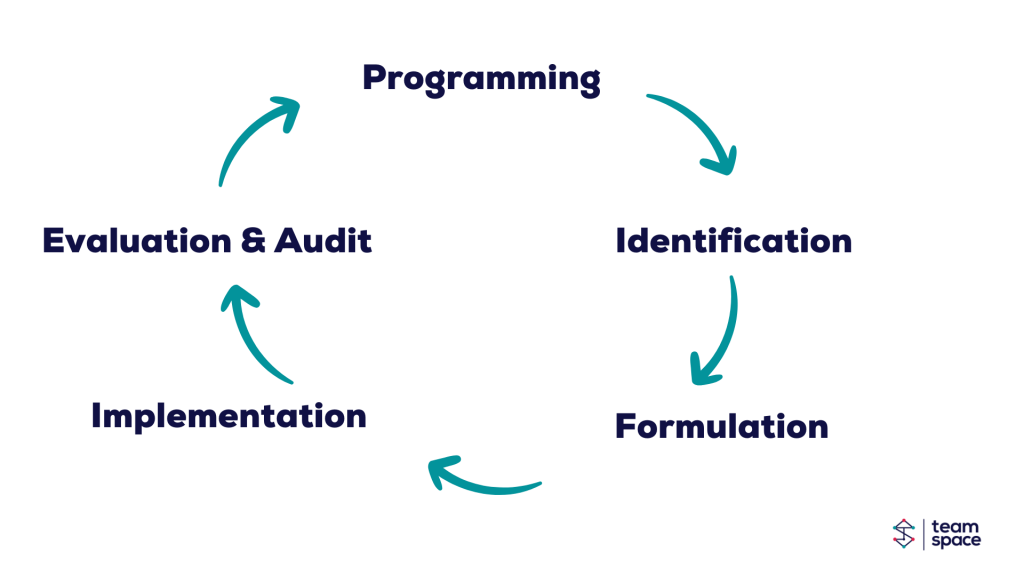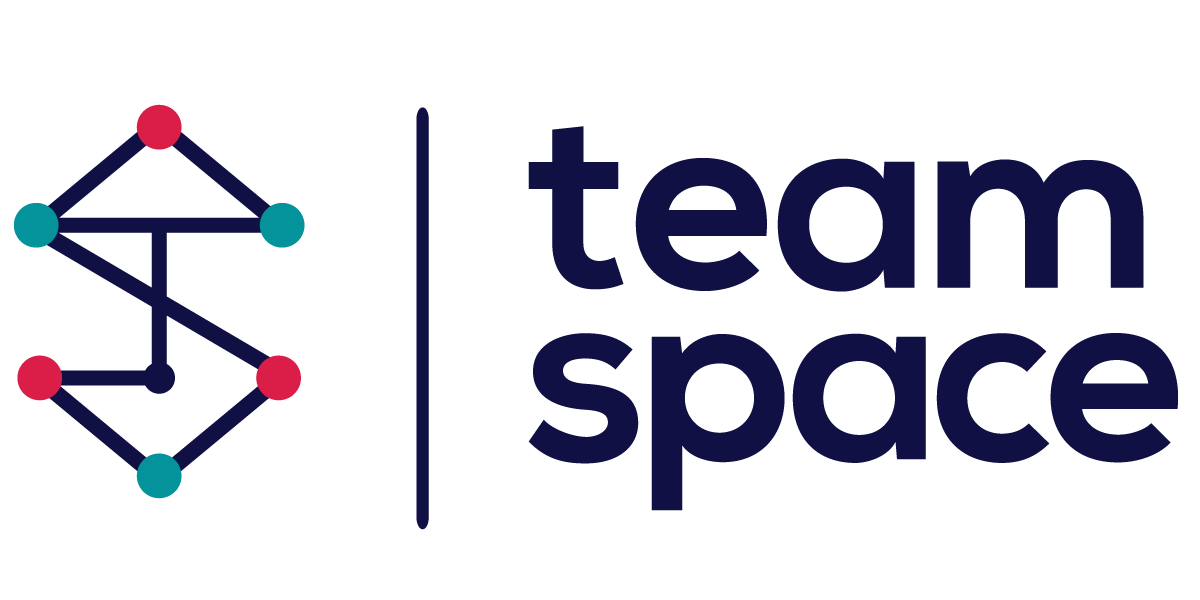European projects are a powerful tool for fostering collaboration and driving progress across borders. By combining resources, knowledge, and expertise from different countries, European projects can help achieve common goals and make a real impact on the lives of Europeans. However, developing a successful European project is not a simple process. In this blog post, we will outline the key steps you need to take to ensure your European project is a success.
How to develop a successful European Project?
In 1992 the European Commission adopted “Project Cycle Management” (PCM) as its primary set of project design and management tools, based on the Logical Framework Approach (Logical Framework Approach – LFA). In this blog article, we will discuss the five phases you need to consider when developing a successful European project.
5 Phases to Develop a Successful European Project

Here are the five key steps you need to take to ensure your European project is a success.
-
Programming phase
The programming phase is the first step to creating a successful European project. During this phase, the main objectives and activities of the project are defined. The purpose of this phase is to ensure that the project is aligned with the European Union’s policies and strategies. Programming helps to:
- Determine the current and future activities taking place in the relevant field, along with their funding sources and focus areas.
- Recognize the key sectors for industry-related initiatives.
-
Identification phase
In the identification phase, the project’s ideas, objectives, and activities are further refined, and partners seek to identify common challenges and problems to solve in the field of interest. This phase is crucial for ensuring that the project meets the needs of the target groups and that the partners involved in the project are the right fit.
-
Formulation phase
The formulation phase is where the project proposal is written. This phase involves a lot of collaboration between the partners, as the project proposal must reflect the joint efforts and ambitions of all the partners involved. The proposal should also clearly outline the objectives, activities, and budget of the project.
The project formulation stage serves the following purposes:
- To verify and confirm that the project ideas identified in the previous stage are relevant and feasible.
- To develop a detailed project design, which includes determining the management and coordination arrangements, financing plan, cost-benefit analysis, risk management plan, and monitoring, evaluation, and audit
- To create a proposal that encompasses all the essential documents required to be submitted to the funding organization.
-
Implementation phase
Once the project has been approved, the implementation phase begins. During this phase, the activities and tasks outlined in the project proposal are put into action. The implementation stage of the project cycle is highly significant as it is when the anticipated benefits of the project are delivered. In this sense, all other stages in the cycle are supportive of the implementation stage, as they are intended to ensure that the implementation proceeds as planned and that the project goals are achieved. Therefore, the success of the entire project is largely dependent on the effectiveness of the implementation stage.
This phase requires close collaboration and coordination between the partners, as well as careful monitoring and reporting to ensure that the project stays on track.
-
Evaluation and audit phase
The evaluation and audit phases are the final step of the project. This final phase is also crucial in providing assurance and accountability to stakeholders, as well as recommendations for the improvement of both the current project and future projects. This stage involves a comprehensive assessment of the project’s performance, including an examination of its effectiveness, efficiency, and impact on the intended beneficiaries.
The evaluation should focus on the project’s outcomes, as well as the challenges and obstacles that were encountered. The audit phase is an important step to ensure that the project was carried out in accordance with the EU’s rules and regulations.
Final thoughts
Developing a successful European project requires careful planning and collaboration. By following the five phases of programming, identification, formulation, implementation, evaluation, and audit, you can ensure that your European project is well-structured and that it delivers the desired results. Good luck!
Looking for a collaborative platform for your next research project?
Make your project teams more efficient and productive by using Team Space – it contains all the communication, project & document management tools they need to collaborate effectively, such as an online document editor, a document repository, group chats, custom emails, etc.
Team Space offers you a private virtual space in which you invite collaborators to share the proposal documents, simply manage email lists, and more. Outline the project, specify its nature, and segment deliverables into smaller tasks and activities. This way you’ll have a clear project overview of the team, milestones, and tasks status.
